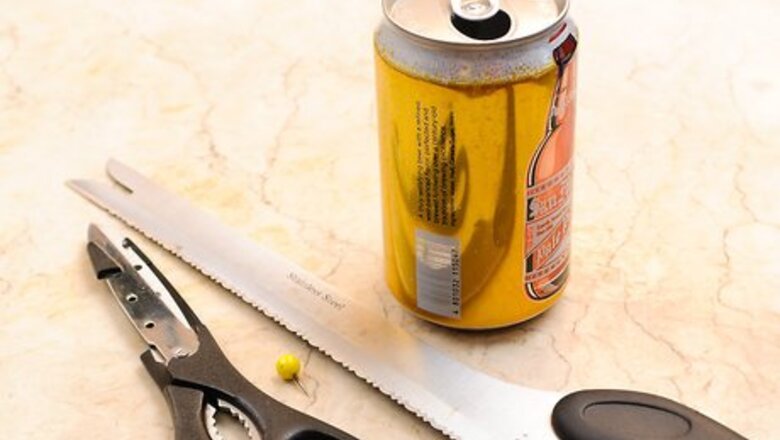
views
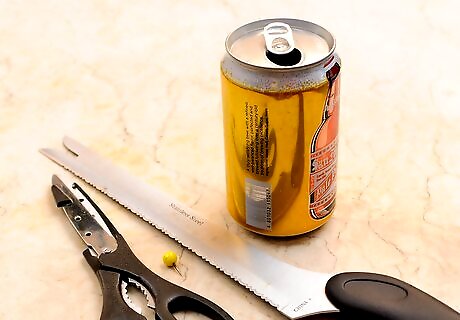
Assemble the materials needed for this project.
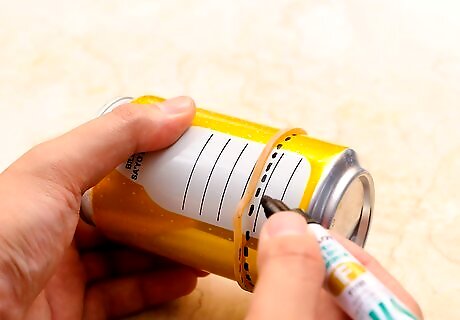
Create the base of the stove. To cut the base, draw a straight, dashed line around one of the two beverage cans, approximately 1.5" (3.5 cm) from the bottom of the can. If you find it difficult to make this line straight, you can put an elastic band around the can, untwist it to make it even; then follow this band around as you make your dotted line. Neatly and carefully cut around this line, using one of the suggested cutting implements.Make a Simple Beverage Can Stove Step 2.jpg
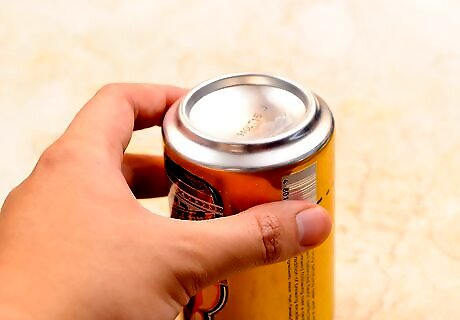
Make the burner holes in the "top" can: Remove the tab from the top of the second can, otherwise it may wobble when you turn it over. Draw a straight, dashed line approximately 1" (2.5 cm) from the bottom of the can. Turn it upside down so you can make the holes with the can still whole.Make a Simple Beverage Can Stove Step 3Bullet2.jpg Around the rim of the upside down top, mark about 16 – 24 holes, evenly spaced (use a ruler or your fingers to space it out). Make more holes if your pin is very small; fewer holes if your pin size is larger.Make a Simple Beverage Can Stove Step 3Bullet3.jpg Take a push pin and pierce each hole. If this proves difficult to achieve with hand pressure, gently tap in with a small hammer. Hold the hammer close to its head and tap gently, while holding the push pin between your thumb and first finger, just under the pin's head. Take care not to hit your fingers. The top of the push pin should be protecting them. Make the holes as small as possible. If the holes are too big, too much gas escapes and you will not get a good burn. This is the hardest part of the stove, getting a good hole sizing and pattern.Make a Simple Beverage Can Stove Step 3Bullet4.jpg Try to keep all the holes the same shape to ensure even heating.Make a Simple Beverage Can Stove Step 3Bullet5.jpg
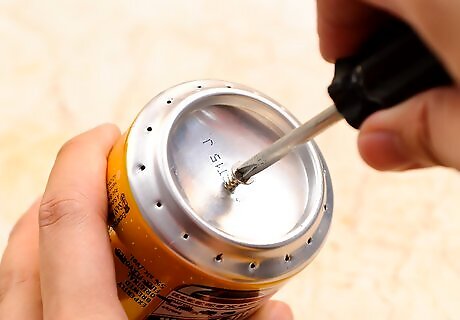
Make the fuel drainage hole. There are two possible approaches to making the fuel drainage holes: The first is to make a screw sized hole in the middle of the top. Get a short, fat sheet metal screw that will act as fuel hole cap. Make sure this fits snugly, to prevent fuel escaping from this hole. The second method is to create a flower shape of the same small size as the pin holes made for the outer rim. To do it this way, make one hole in the center and 6 holes evenly spaced around the center hole. As these holes will be smaller, the fuel will drip through to the base, not pour through. This method is obviously easier if you do not have access to a screw but is a little slower than the first method for filling purposes.
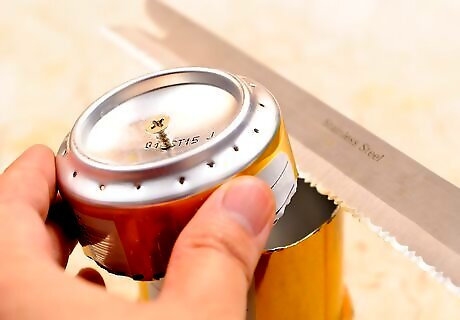
Cut the top can. Once you have made the holes using the strength of the whole can, it is time to cut the top part. Cut it along the line you drew earlier.
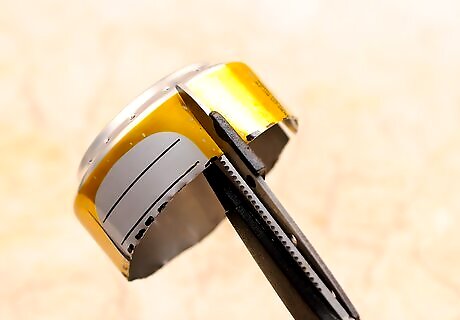
Cut small vertical slits. Once you have the top piece cut, you will need to create slits to allow the two halves of the stove to telescope together. Cut vertical slits with scissors, taking care not to cut past the rim of the can (the rounded part). Cut in about four to six even places (you can always cut a few more slits if the top isn't easing in gently). As an optional step, you could use a paper punch to make holes halfway up the can, then cutting the slits up to them. This will stop the can from tearing when trying to mate the two halves.
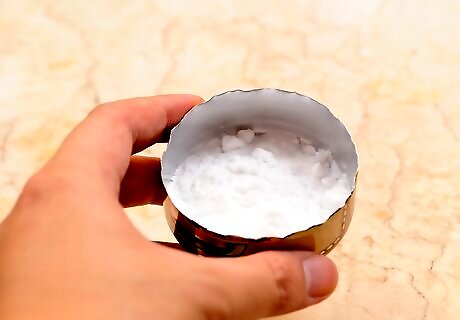
Fill the base with a suitable filling that will soak up the fuel such as perlite or vermiculite. At a pinch, you could even use sand. Perlite is a naturally occurring siliceous rock that is found in many parts of the world. You can purchase it at most gardening centers. In each case, the filling acts as a wick to hold the fuel and disburse it evenly and gradually.
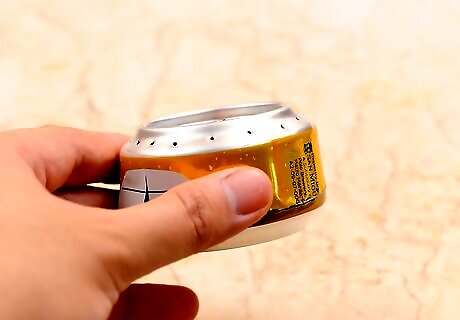
Fit the stove together. Once you have the filling in place in the base, and the slits made for the top, it is time to put the two pieces together. Steady the stove base by placing it on an even surface, such as a table top or flat ground. Take the top and gently but firmly push it down into the base of the stove until it fits snugly; shuffle the perlite or other filling around a little to help ease in the top. Some users recommend creating a wedge from some of the spare aluminum to ease it in. The top will now be sloping inwards (dimple), ready for pouring in your fuel.
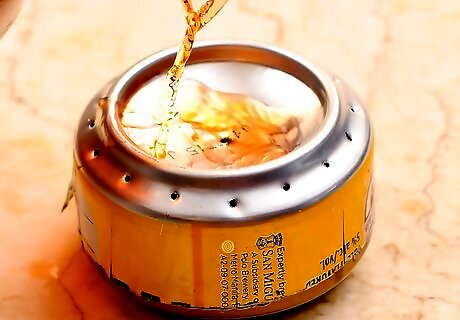
Prepare the stove for use. Make sure the stove is sitting on a surface free of flammable material. Choose a spot of ground free of plant matter, or put the stove on a pie plate or a dinner plate. Depending on which fuel holes you have used, proceed to adding your fuel. Only some fuels should be used in this type of stove (see "Tips" for these fuels): Plugged hole - remove your fill hole plug (the metal screw). Slowly pour the fuel into the top, allowing it to drain into the fill hole. Fill the stove base about 1/4 to 1/2 way full. Replace the plug if you have used a large hole, to prevent further dripping of the fuel. Flower shaped hole - pour the fuel into the stove base via the small holes in the dimple, until the stove base is about 1/4 to 1/2 way full. This method relies on the fuel dripping through the small holes, so it will not be as fast as the first method.
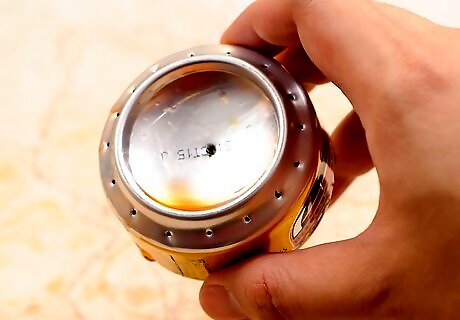
Prime the stove. Tip a little extra fuel (about a teaspoonful) in the dimple (middle) of the stove so that it pools there and even splash a little over the rim holes (it will burn off quickly).
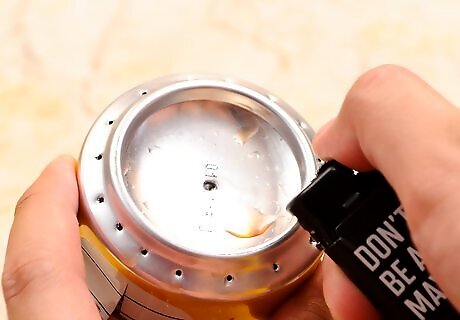
Ignite; light the fuel on top. Hold a match, lighter or candle to the edge of the stove and move it around slowly. Since the stove has been primed, the heat will now travel down the sides of the can and heat the fuel inside.
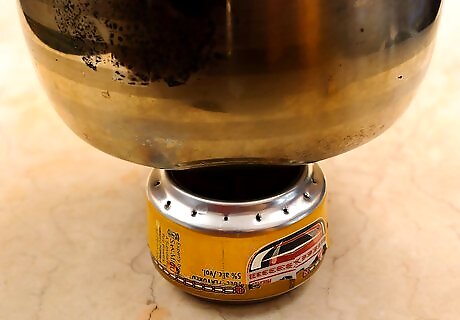
Cook. Put your cooking pans onto a stand and cook. You can make your own stand (see "Tips" below) or use a ready-constructed version. The fuel should burn for up to 15 minutes but this will depend on several variables, including the weather conditions, whether you are indoors or outdoors etc. Experiment to see how much time you get from the stove before trying to cook a meal.


















Comments
0 comment